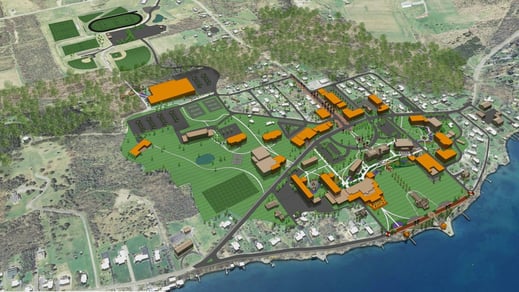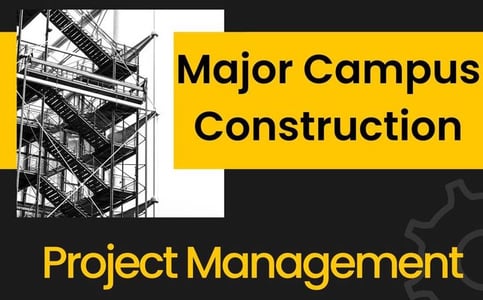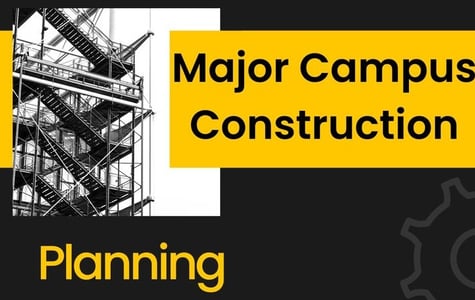
October 11 2017
We often encounter (some variation of) the question: how can college and university campuses plan for and prepare the spaces they will need 10 years from now?
This article, “The Challenge of Making Buildings Flexible: How to Create Campuses That Adapt to Changing Needs,” grabbed our attention as a possible way to begin to address to this question. Though it eventually settles its focus on modular building, the leadup does provide some helpful questions to pose when thinking about flexibility in terms of the space needs on our campuses.
In addition, its reference page provided a few resources on topics such as the impact of classroom design on learning and library to learning commons transformations.
We receive similarly themed questions regularly, and as we talk through these topics with our clients and listen to their feedback, perspectives, and stories, we are able to tailor unique solutions for each one, designing custom campus spaces that fit their needs--present and future.
- How does design impact learning?
- How do we incorporate meaningful technology into our pedagogy?
- What are the benefits of a learning commons versus a traditional library?
- How can we engage students and create a sense of belonging through our campus's spaces and places?
These articles are great resources as we start to unpack what it means to transform our campuses from run-of-the-mill, traditional spaces into living-and-learning hubs on the forefront of innovative higher education.
To see some of the work we're doing to redesign campus spaces, look at this inclusive campus master plan from the University of Mary Hardin-Baylor or check out our on-going "On The Boards" work that features campuses that are combining living and learning elements to foster belonging, persistence, and student success.
If you have your own questions, or you'd like to talk to an architect or senior campus planner, contact us to start a conversation about transforming your campus space.
Related Blog Posts
Recent Posts
- Richard Dunsworth, J.D., To Receive 12th Annual Courageous Leadership Award December 16 2024
- Meet the 2024 Credo Values Award Recipients August 27 2024
- What is Executive Coaching, Really? June 25 2024
- Credo & The Constructive Dialogue Institute Announce A New Partnership For Higher Education Leadership Development March 7 2024
- Celebrating Women And Gender-Diverse Learners & Leaders February 28 2024
Categories
- Strategy
- Leadership
- Student Success
- Student Success & Retention
- Enrollment
- Pivot
- Strategic Planning
- Leadership Development
- News
- Strategic Enrollment
- Campus Planning and Architecture
- Moving the Needle
- Data
- Research
- Retention
- Campus Master Planning
- Enrollment & Financial Aid
- Academic Programming
- Campus Planning
- Thriving
- Admitted Student Research
- Architecture
- Finance
- Advising
- Admissions



